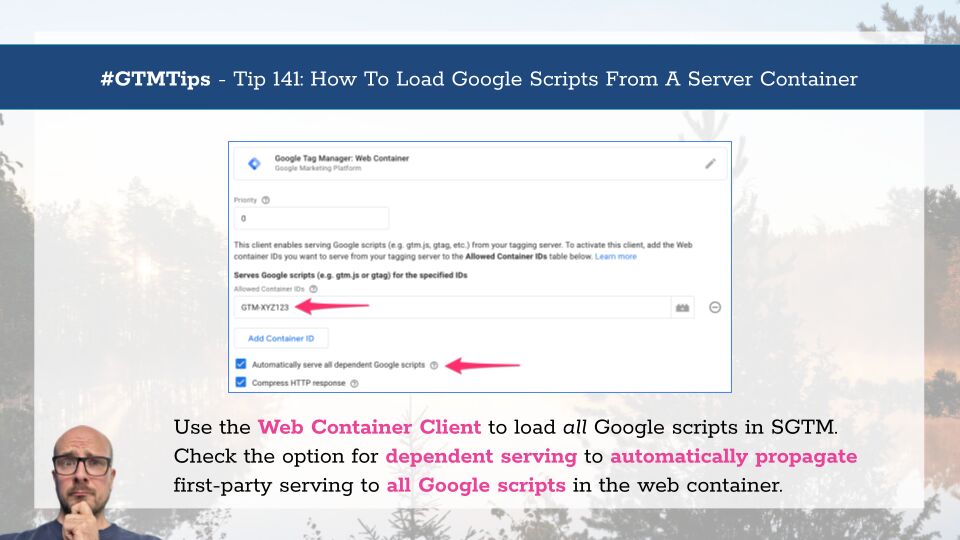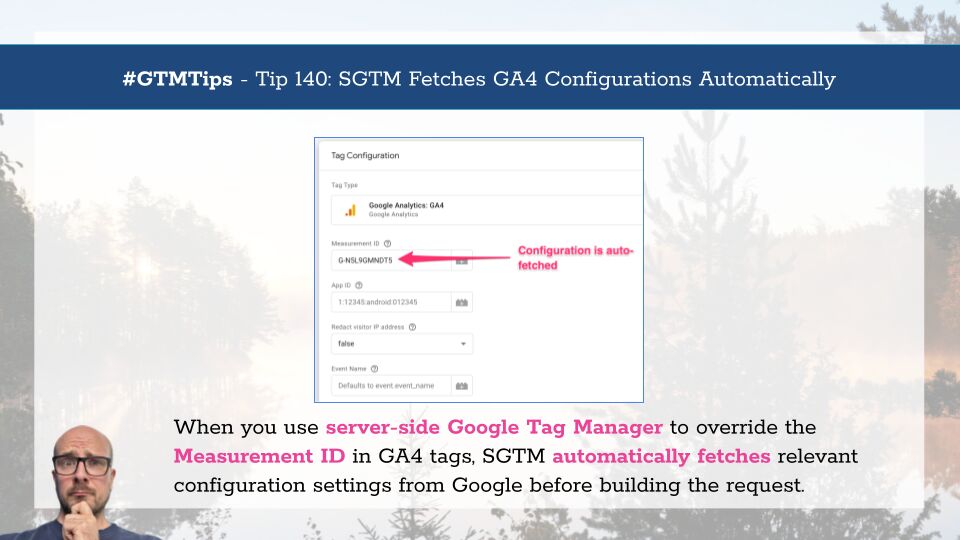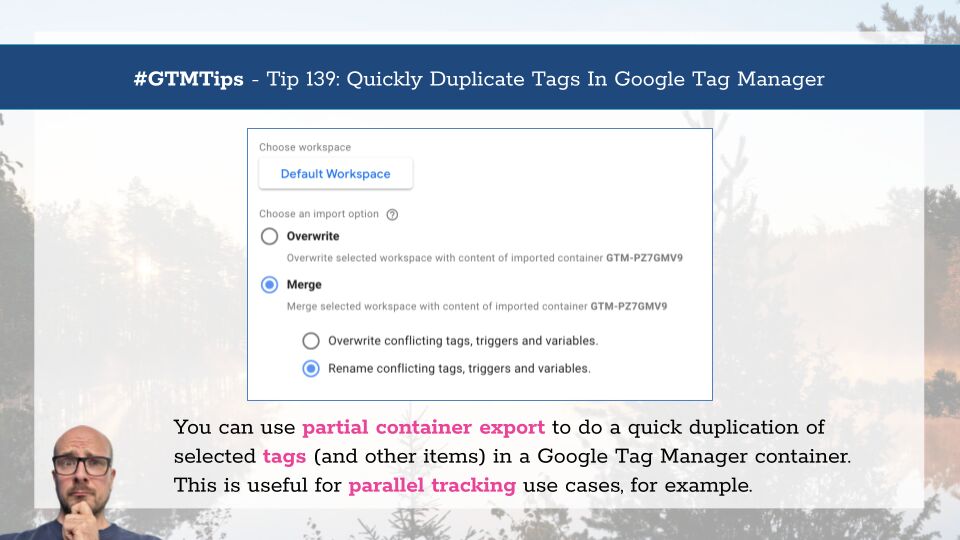Server-side Google Tag Manager is essentially a server application (running on Node.js), which Google has helpfully composed into a Docker image.
Docker, on the other hand, is an environment for creating, sharing, and running applications, right from the Docker platform itself.
In short, it’s a way to package an entire application and its execution environment, so that anyone (or any environment) can deploy a Docker container and instantly get the application up and running.







